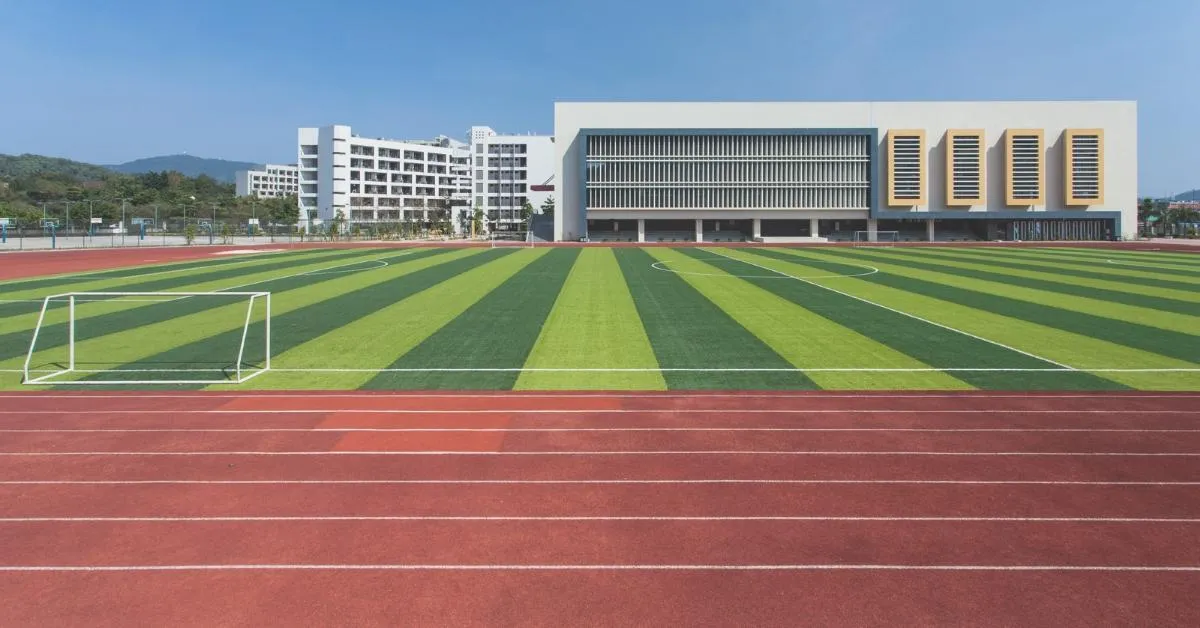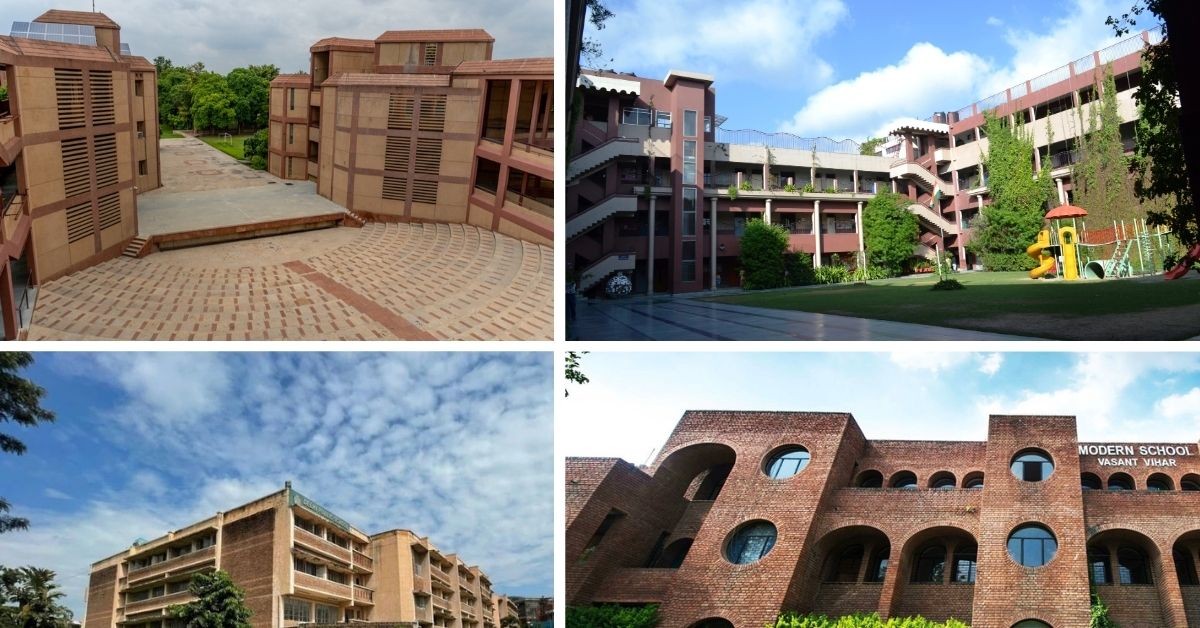Skid sports, which involve rapid movements, quick turns, and high-speed drifts, require carefully measured playing surfaces to ensure optimal performance, safety, and fairness. Sports such as ice hockey, roller derby, and certain motor or bicycle racing events rely on precise field dimensions to maintain game integrity and provide a seamless experience for both players and spectators.
Incorrect field dimensions can lead to inconsistent play, increased risk of injuries, and an uneven competitive landscape.
Ensuring Fair Play and Competitive Balance
Standardization Across Locations
One of the primary reasons for maintaining proper field dimensions is to ensure that skid sports remain standardized across different venues. Governing bodies establish specific regulations regarding field size, track curves, and boundary markings to ensure that players experience the same conditions regardless of where they compete.
For example, in roller derby, a flat-track roller derby rink must be 108 feet by 75 feet, with clearly defined boundaries and safe zones. Similarly, in ice hockey, an NHL rink measures 200 feet by 85 feet, while an international rink is slightly larger at 200 feet by 100 feet. These precise dimensions ensure that teams train and compete under consistent conditions.
Fair Competition
In skid sports, improper dimensions can lead to unfair advantages or disadvantages. For instance, if a roller derby track is too narrow, players may have less room to maneuver, making it easier for defensive strategies to dominate. Similarly, in ice hockey, a rink that is too small can limit passing opportunities, altering the pace and strategy of the game.
Proper field dimensions create a level playing field, ensuring that all participants compete under the same conditions, regardless of location or venue.
Player Safety and Injury Prevention
Preventing Collisions and Falls
Skid sports involve high-speed movements, quick turns, and abrupt stops, which can be hazardous if the playing surface is not properly measured. An incorrectly sized rink or track can increase the risk of collisions, falls, and injuries.
For example, in ice hockey, the distance between the rink boards and the playing area is crucial. If the boards are too close, players have a higher risk of crashing into them at high speeds, leading to concussions or other injuries. Similarly, in roller derby, a track that is too small can lead to excessive crowding, increasing the chances of accidental falls and pileups.
Adequate Buffer Zones
Proper dimensions also allow for adequate buffer zones around the playing area. These zones help absorb impact and provide players with sufficient space to decelerate safely. In high-speed skid sports like speed skating, buffer zones are essential to prevent injuries when athletes lose control or fall.
Impact on Game Strategy and Performance
Optimizing Player Movements
The size and shape of the playing surface influence how players move and strategize. In larger rinks, such as those used in international ice hockey, players have more room to develop plays, emphasizing speed and finesse. In contrast, smaller rinks encourage more physical gameplay and aggressive checking.
Similarly, in roller derby, a well-maintained track with the right curvature allows skaters to maintain speed without unnecessary strain. A poorly designed track with incorrect angles can cause unnecessary friction, affecting performance and increasing the risk of falls.
Enhancing Equipment Longevity
Skid sports rely heavily on specialized equipment, such as skates, wheels, and protective gear. Proper field dimensions help ensure that these items wear out evenly and predictably. For example, if an ice rink is not properly sized or maintained, skate blades may dull unevenly, affecting a player’s ability to maneuver effectively.
In roller derby, a track that is too small can force skaters to make sharper turns, leading to excessive wear and tear on wheels and bearings. Maintaining the correct dimensions helps preserve equipment, reducing replacement costs and improving overall performance.
Spectator Experience and Broadcasting
Better Viewing Angles
Field dimensions also play a crucial role in enhancing the spectator experience, both for live audiences and television broadcasts. A properly sized rink or track ensures that fans can view all the action without obstruction.
For example, an ice hockey rink that is too large for the arena might result in poor sightlines for spectators seated in higher rows. Conversely, a rink that is too small may lead to overcrowding, making it difficult for fans to track the puck and player movements.
Consistent Camera Coverage
For televised events, consistent field dimensions allow broadcasters to set up cameras in optimal positions, ensuring a clear and immersive viewing experience. If dimensions vary significantly between venues, camera angles may need frequent adjustments, leading to inconsistent footage.
Conclusion
Proper field dimensions are essential for skid sports, influencing everything from player safety and competitive balance to game strategy and spectator enjoyment. Standardized measurements ensure fair play, reduce injury risks, and create an optimal environment for athletes to perform at their best.
For organizations and venues hosting skid sports, maintaining correct dimensions should be a top priority. Whether it’s ice hockey, roller derby, or speed skating, precision in field design contributes to the sport’s integrity, safety, and overall success.







